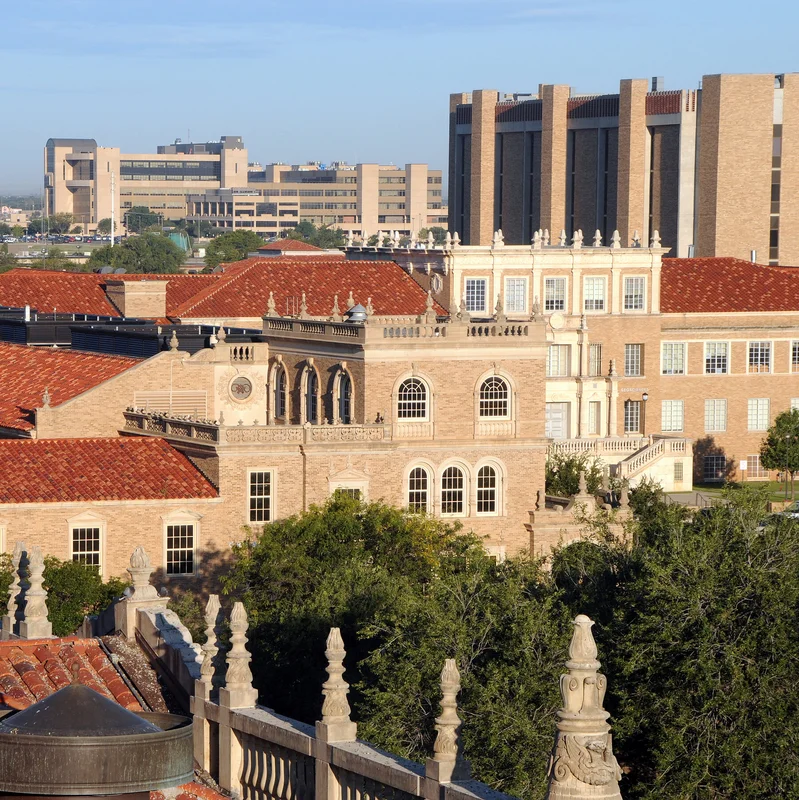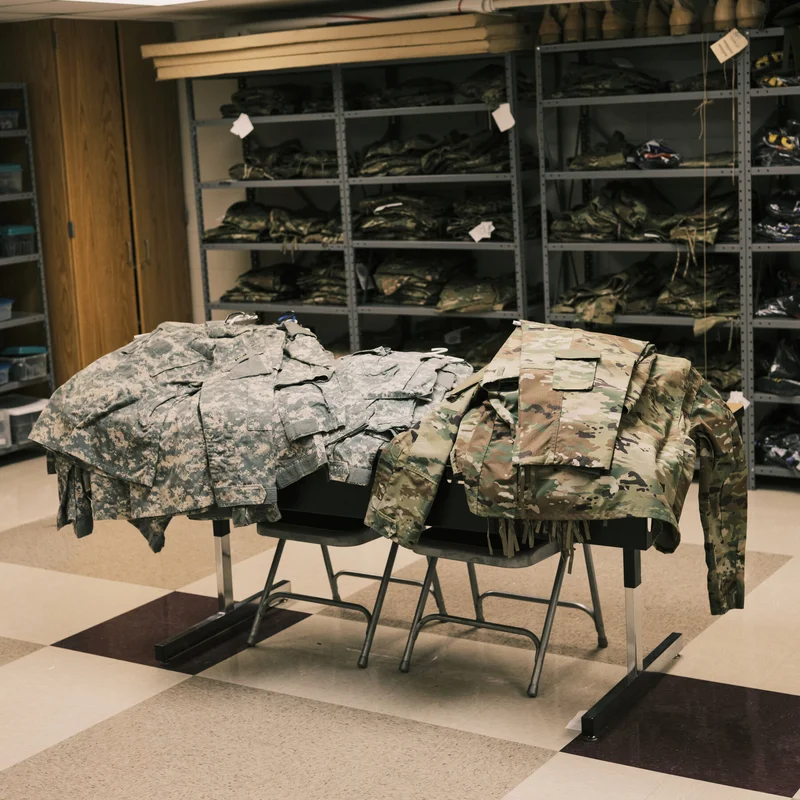The Campus Connection: Why Physical Presence Still Matters in Community College
In an era where Zoom lectures and digital classrooms dominate higher education, community colleges are pushing back with a simple truth: learning thrives on human connection. While online classes offer flexibility, they can’t replicate the mentorship, peer support, and serendipitous moments that happen only on campus.
The Digital Dilemma
Since the pandemic, enrollment in online courses at two-year colleges has surged—but so has student disengagement. Completion rates for fully remote community college students hover around 35%, compared to 58% for those who attend in person or in hybrid formats.
- Online Flexibility: Ideal for working adults and caregivers
- Campus Benefits: Tutoring centers, career counseling, food pantries, clubs
- Student Testimony: “I almost dropped out online. Walking into the math lab saved me.”
- Faculty Insight: “You can’t build trust through a screen.”
Infographic: Online vs. On-Campus Outcomes at Community Colleges (2025)
| Metric | Fully Online | On-Campus or Hybrid |
|---|---|---|
| Course Completion Rate | 35% | 58% |
| Transfer to 4-Year College | 12% | 29% |
| Access to Support Services | Low (digital barriers) | High (in-person access) |
| Student Satisfaction | 61% | 84% |
The Hidden Infrastructure of Success
Community colleges serve as more than classrooms—they’re community hubs. At schools like Valencia College in Florida or Bronx Community College in New York, campuses offer:
- Free childcare for student parents
- Emergency aid for housing or utilities
- Wi-Fi hotspots and laptop loan programs
- Peer mentoring and first-gen student cohorts
These resources are rarely visible in a syllabus—but they’re often the difference between dropping out and graduating.
Visual: Students Collaborating in a Community College Library

Hybrid Is the Future—Not Fully Remote
Experts argue the solution isn’t to abandon online learning but to integrate it thoughtfully. “The goal isn’t to force everyone back to campus five days a week,” said Dr. Elena Ruiz, a community college dean in California. “It’s to design schedules that blend convenience with connection.”
Some colleges now offer “anchor days”—one or two weekly in-person sessions for labs, group work, or advising—while keeping lectures online. Early data shows this model boosts retention by up to 22%.
A Call for Investment
Yet many campuses remain underfunded. Deferred maintenance, outdated labs, and staff shortages make it harder to deliver the in-person experience students need. Advocates urge state and federal policymakers to prioritize physical infrastructure—not just broadband—as essential to educational equity.
As one student put it: “Online got me through the pandemic. But campus gave me a future.”



